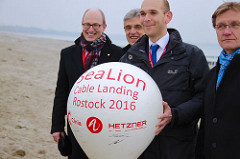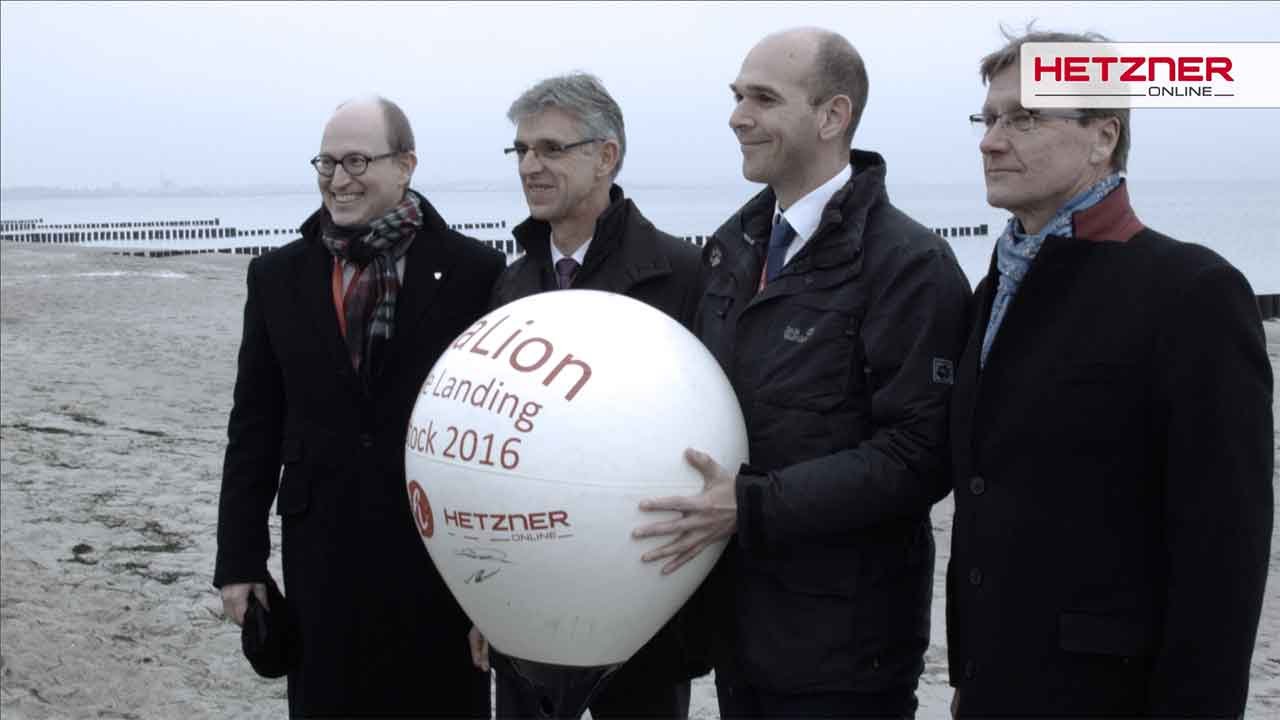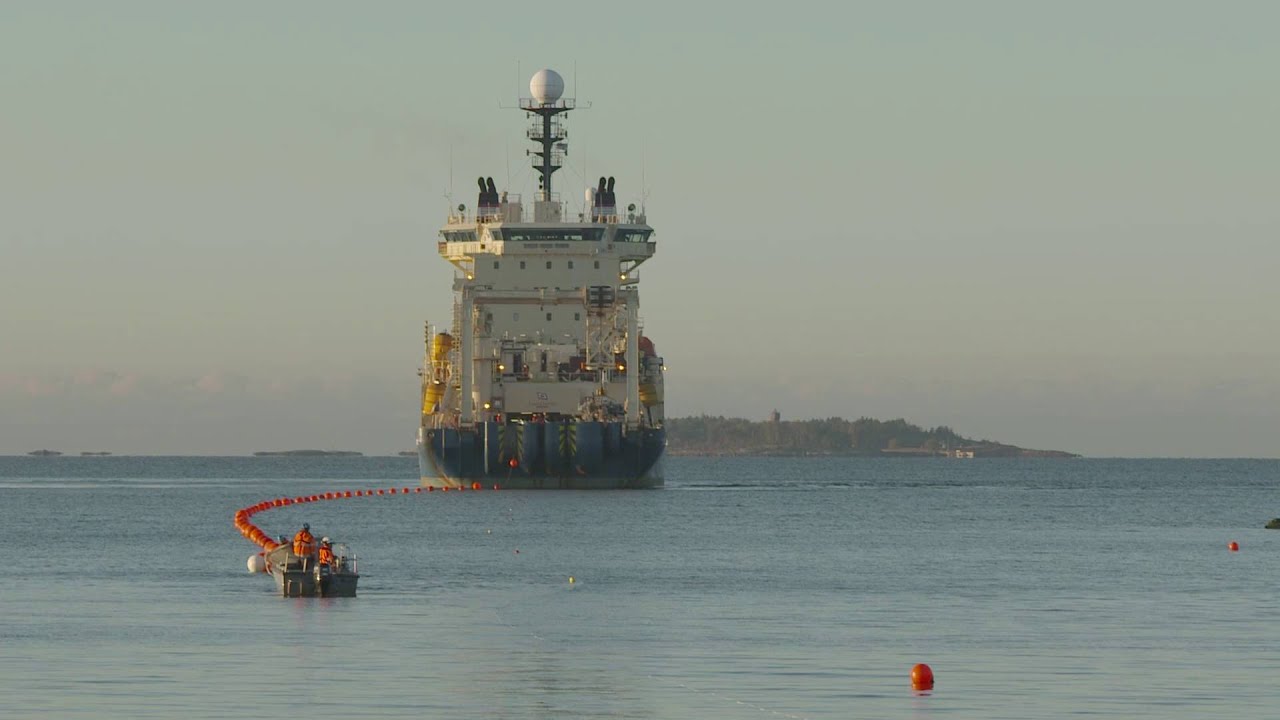New Fiber Optic Backbone Links the East and the West, Attracts Data Centers to the North
Rostock, 12 January 2016 – Another important data link bringing continents and countries closer together and reducing latency times was celebrated in North Germany in January.
Hetzner Online played host to visitors from Germany and Finland in Rostock on 12 January to mark the arrival in Germany of the Cinia Group’s C-Lion1 undersea cable connecting Finland to Mainland Europe.





The new digital highway offers the shortest and fastest route to connect Central Europe with optimal data center locations in Northern Europe and business opportunities in Eastern Europe and Asia.
Arno Pirner from Hetzner opened the event, welcomed the guests and spoke about the opportunities that the C-Lion1 cable offers Hetzner for connectivity in their new data center park close to Helsinki.
This was followed by Jukka-Pekka Joensuu, Vice President, CINIA Group, who talked about Cinia’s long-term plans to take the cable across to Japan.
Roland Broch, from the eco Association, then spoke about the origins and the current trends in the Internet and the fundamental importance of data cables for the functioning of modern life.
The formalities were followed by a visit to the landing station on the shores of the North Sea.
The Finnish delegation enjoyed the balmy temperature of around zero – more than 20 degrees warmer than they had experienced in Finland the day before.
The Cinia C-Lion1 submarine data cable is a key initiative for both the Finnish government and the EU. The cable contributes to the Digital Single Market for Europe by enabling connectivity and redundancy to the Nordic region and further improving Finland’s position as a gateway between the East and the West.
Having started in Helsinki on October 12th 2015, the project took exactly three months. The new connection is planned to be commercially available during spring 2016, following a commissioning and acceptance process.
The Finnish Government made a decision to build a submarine data cable across the Baltic Sea in November 2014, based on a feasibility study conducted in May 2013. The completed cable totals 1,172 kilometers in length and consists of eight optical fiber pairs with a total capacity of 120 terabits per second (Tbps).
The cable was manufactured in Calais by Alcatel-Lucent, which also carried out the cable laying process across the Baltic Sea.
Find more photos on Flickr.






